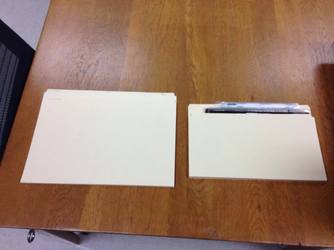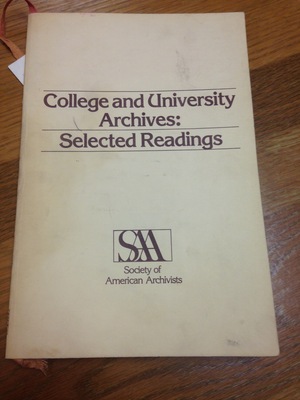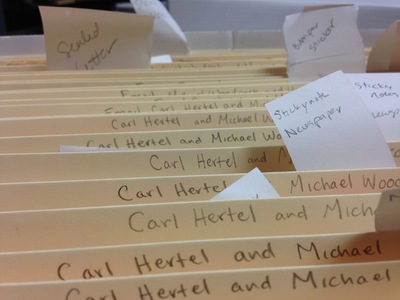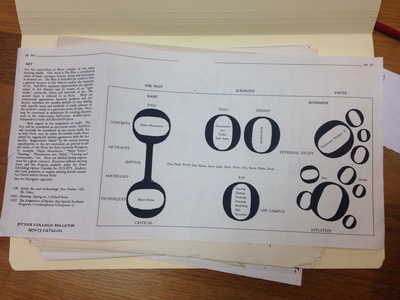I came back from Spring Break (Week 8) greeted with boxes of all sorts! Small boxes, large boxes, flat boxes. And then we went looking for more boxes! It was then the issue of figuring out which boxes for which materials. This week I started into the process of figuring out how to store all of the audiovisual materials in the collection, based in the options of the new materials I had to work with.
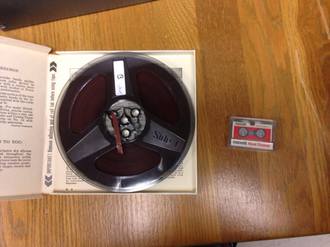
In the first survey, I expanded my audiovisual knowledge by learning to distinguish super 8mm from 8mm from 16mm. This time around I learned the different ways to store audio versus video. The trick is Vertical equals Video (and audio) and Flat is Film. Next week I plan to box all of audio visual part of the collection according these rules. I want to make sure I do it right the first time because on Thursday I made the mistake of choosing the wrong folder size for the 35mm slides and I had to rewrite the titles.
